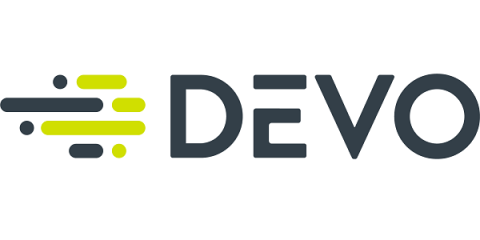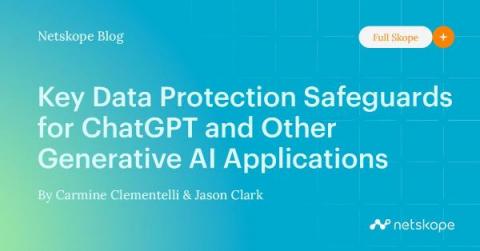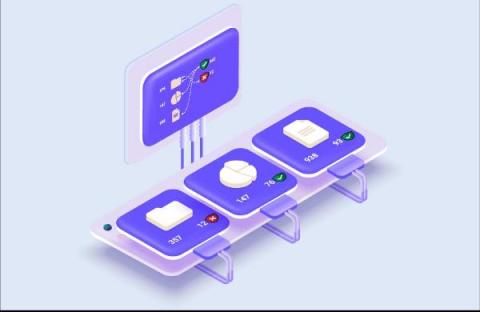Security | Threat Detection | Cyberattacks | DevSecOps | Compliance
Latest News
Rendezvous with a Chatbot: Chaining Contextual Risk Vulnerabilities
Ignoring the little stuff is never a good idea. Anyone who has pretended that the small noise their car engine is making is unimportant, only to later find themselves stuck on the side of the road with a dead motor will understand this statement. The same holds true when it comes to dealing with minor vulnerabilities in a web application. Several small issues that alone do not amount to much, can in fact prove dangerous, if not fatal, when strung together by a threat actor.
Devo Platform 8.0 Release
2022 was a year of dramatic expansion for The Devo Platform. The enhancements of behavior analytics, workflow automation, and AI-driven threat detection have transformed the Devo Platform into a cloud-native, SIEM, UEBA, and SOAR solution. This gives security teams the visibility, high performance, and advanced analytics they need to respond quickly to threats and protect the business.
Modern Data Protection Safeguards for ChatGPT and Other Generative AI Applications
Co-authored by Carmine Clementelli and Jason Clark In recent times, the rise of artificial intelligence (AI) has revolutionized the way more and more corporate users interact with their daily work. Generative AI-based SaaS applications like ChatGPT have offered countless opportunities to organizations and their employees to improve business productivity, ease numerous tasks, enhance services, and assist in streamlining operations.
Updated Fraud Risk Guidance Available
The Linux Crypto API for user applications
In this post we will explore Linux Crypto API for user applications and try to understand its pros and cons. The Linux Kernel Crypto API was introduced in October 2002. It was initially designed to satisfy internal needs, mostly for IPsec. However, in addition to the kernel itself, user space applications can benefit from it.
Build Enterprise Software with No-Code Thanks to Bubble.io
Building your enterprise applications on Bubble is now easier than ever with BoxyHQ, a single API to connect to enterprise Single Sign-On (SSO), and multiple security compliance features.
Software Composition Analysis Explained
Open source code is everywhere, and it needs to be managed to mitigate security risks. Developers are tasked with creating engaging and reliable applications faster than ever. To achieve this, they rely heavily on open source code to quickly add functionality to their proprietary software. With open source code making up an estimated 60-80% of proprietary applications’ code bases, managing it has become critical to reducing an organization’s security risk.
Vanta Expands Partnership with CrowdStrike, Announces New Integration to Secure Access for Automated Compliance
Securing your enterprise: The importance of a security operations center
The world is increasingly embracing cloud technology. The fact that cloud requires minimal infrastructure and operational costs is attracting enterprises to shift to cloud. Remote and hybrid work modes following the pandemic has added to the continued rise of cloud.











